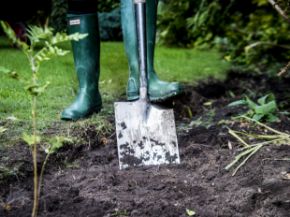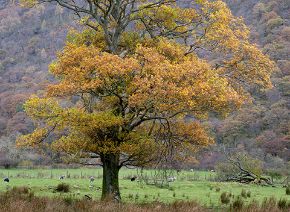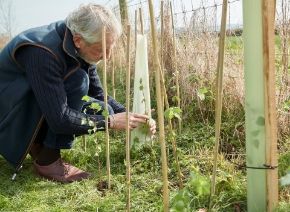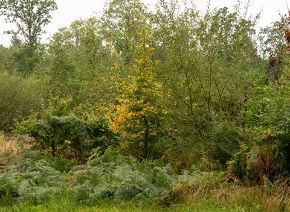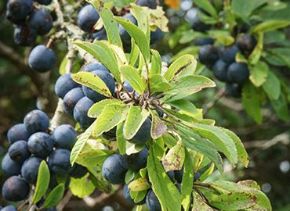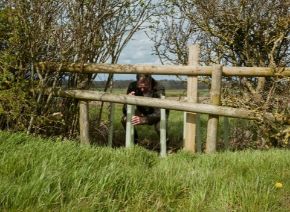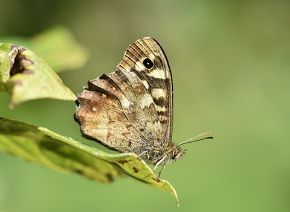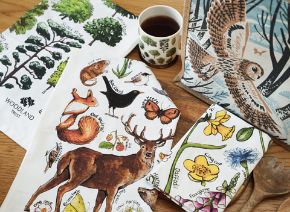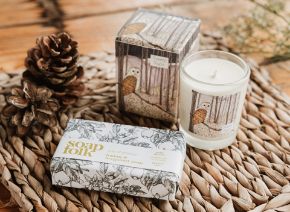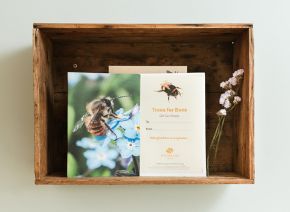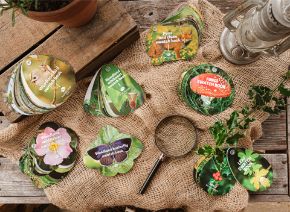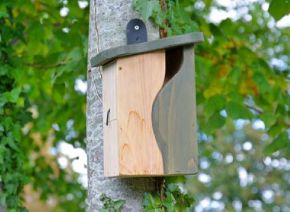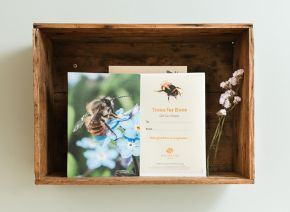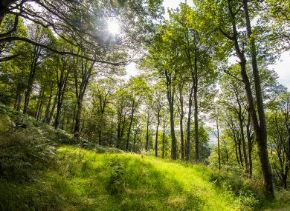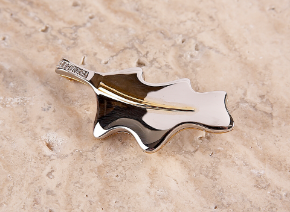English oak
Quercus robus
Also known as common oak or pedunculate oak, English oaks are one of our best-loved trees but do not produce acorns until they are around 40 years old. English Oaks have been considered sacred by just about every culture that has encountered the tree, but it was held in particular esteem by the Norse and Celts because of its size, longevity, and nutritious acorns. Today the Major Oak in Sherwood Forest is thought to be the UK’s largest oak tree. It is believed to be 800-1000 years old and according to legend, it was Robin Hood and his Merry Men’s shelter. It is the English oak leaf that is used within logo of the Woodland Trust.
Estimated full grown height:
20 - 40 metres, but can be controlled by pruning. English oak trees grow an estimated 50cm each year.
Purchase size and growth:
These trees are cell-grown saplings, ranging from approximately 15cm-60cm in height. Cell grown trees can be planted all year round in most situations as long as they are given the correct care. Please be aware that depending upon the time of year you receive your sapling (particularly early spring) it may not look very perky upon arrival, please do not worry once it has been planted it should pick up quickly.
Value to wildlife:
The flower and leaf buds of English oak are the food plants of the caterpillar of purple hairstreak butterflies. In autumn, the soft fallen leaves break down to form a rich leaf mould that supports various invertebrates and fungi including stag beetle and oakbug milkcap fungus. Holes and crevices in the bark provide nesting spots for pied flycatcher and marsh tit. Several bat species may also roost in the tree and feed on its rich supply of insects.
English oak preferred soil type or environmental conditions:
Tolerates most well-drained soils. Avoid waterlogged sites.
UK and Ireland Sourced and Grown (UKISG):
Every sapling that we provide is UK and Ireland sourced and grown to minimise the risk of importing and spreading tree pests and diseases. Seeds are collected and stored in the UK and Ireland, and they are all coded and batched so that we can track each individual tree.
Learn more about this species on our English oak profile.
The images in this product listing show the saplings bundled and wrapped. This plastic wrap is made from LDPE (low-density polyethylene) and is 100% recyclable, we encourage users to recycle them when you are ready to plant your trees.



